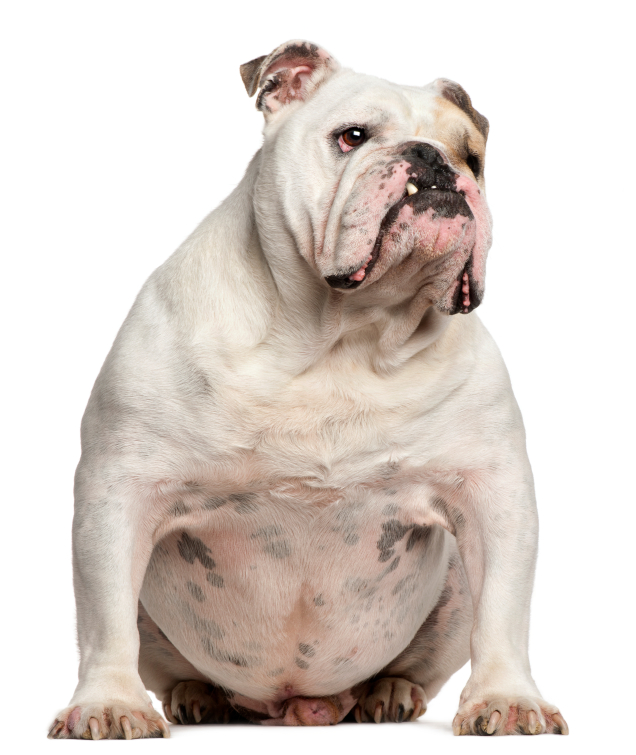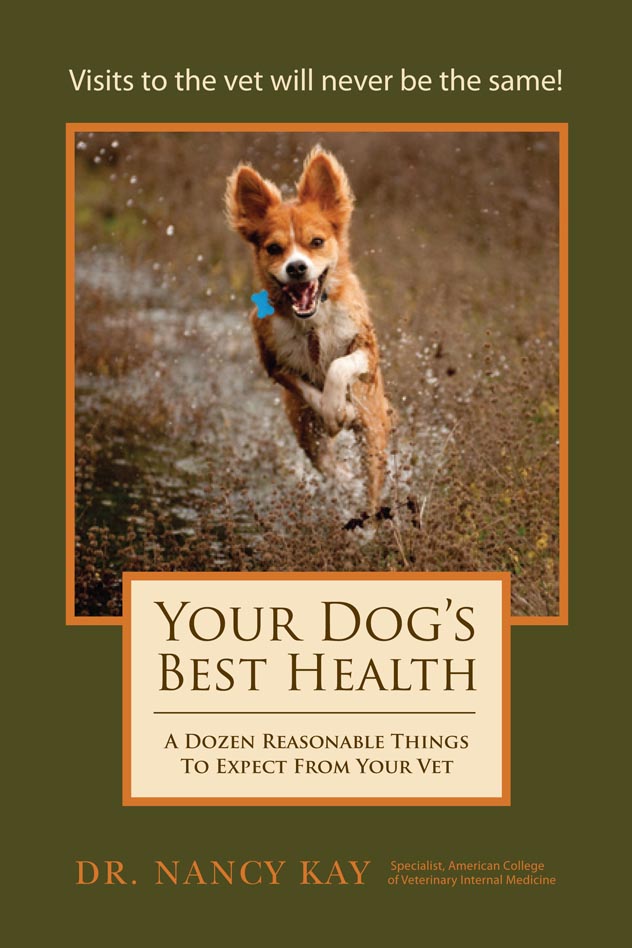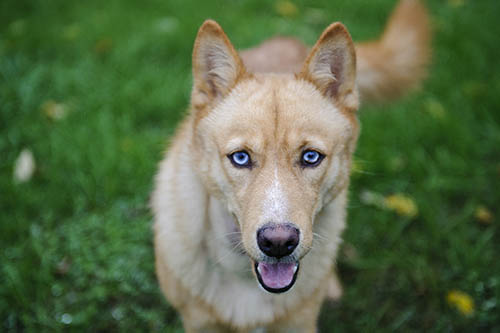Choosing a Boarding Kennel
Going out of town? A boarding kennel can give your pet quality care—and can give you peace of mind.
Pros and cons of using a boarding kennel
Your pet depends on you to take good care of her—even when you have to be out of town. Friends and neighbors may not have the experience or time to properly look after your pet, particularly for longer trips. Leave pet care to the professionals, such as a pet sitter or boarding kennel.
A facility specializing in care and overnight boarding allows your pet to:
- Avoid the stress of a long car or airplane ride to your destination.
- Stay where he's welcome (unlike many hotels).
- Receive more attention and supervision than he would if home alone most of the day.
- Be monitored by staff trained to spot health problems.
- Be secure in a kennel designed to foil canine and feline escape artists.
Potential drawbacks to using a boarding kennel include:
- The stress related to staying in an unfamiliar environment.
- The proximity to other pets, who may expose your pet to health problems.
- The difficulty of finding a kennel that accepts pets other than dogs and cats.
- The inconvenience of the drive over, which can be especially hard on a pet easily stressed by car travel.
How to find a good kennel
Ask a friend, neighbor, veterinarian, animal shelter, or dog trainer for a recommendation. You can also check the Yellow Pages under "Kennels & Pet Boarding." Once you have names, it's important to do a little background check.
Find out whether your state requires boarding kennel inspections. If it does, make sure the kennel you are considering displays a license or certificate showing that the kennel meets mandated standards.
After selecting a few kennels, confirm that they can accommodate your pet for specific dates and can address your pet's special needs (if any). If you're satisfied, schedule a visit.
What to look for
On your visit, ask to see all the places your pet may be taken. Pay particular attention to the following:
- Does the facility look and smell clean?
- Is there sufficient ventilation and light?
- Is a comfortable temperature maintained?
- Does the staff seem knowledgeable and caring?
- Are pets required to be current on their vaccinations, including the vaccine for canine kennel cough (Bordetella)? (Such a requirement helps protect your animal and others.)
- Does each dog have his own adequately sized indoor-outdoor run or an indoor run and a schedule for exercise?
- Are outdoor runs and exercise areas protected from wind, rain, and snow?
- Are resting boards and bedding provided to allow dogs to rest off the concrete floor?
- Are cats housed away from dogs?
- Is there enough space for cats to move around comfortably?
- Is there enough space between the litter box and food bowls?
- How often are pets fed?
- Can the owner bring a pet's special food?
- What veterinary services are available?
- Are other services available such as grooming, training, bathing?
- How are rates calculated?
How to prepare your pet
Be sure your pet knows basic commands and is well socialized around other people and pets; if your pet has an aggression problem or is otherwise unruly, she may not be a good candidate for boarding. Before taking your animal to the kennel, make sure she is current on vaccinations.
It's also a good idea to accustom your pet to longer kennel stays by first boarding her during a short trip, such as a weekend excursion. This allows you to work out any problems before boarding your pet for an extended period.
Before you head for the kennel, double-check that you have your pet's medications and special food (if any), your veterinarian's phone number, and contact information for you and a local backup.
When you arrive with your pet at the boarding facility, remind the staff about any medical or behavior problems your pet has, such as a history of epilepsy or fear of thunder. After the check-in process, hand your pet to a staff member, say good-bye, and leave. Avoid long, emotional partings, which may upset your pet. Finally, have a good trip, knowing that your pet is in good hands and will be happy to see you when you return.
Article from http://www.humanesociety.org/animals/resources/tips/choosing_boarding_kennel.html


 We love veggie hot dogs, but real hot dogs – as in overheated canines – are no fun! Neither are hot cats, hot rabbits, or any other hotter-than-comfortable pets. As temperatures soar and humans take shelter inside air conditioned and fan cooled homes, it’s important to remember that pets can experience heatstroke and other dangerous conditions more quickly than humans. Since they can tell us how sick or painful they are, it’s up to us humans to be on the lookout for certain symptoms, and keep our pets’ summer heat safety in mind. Pools and summertime parties can present special seasonal challenges as well. To help you and your pets keep your cool this summer, we’ve assembled some of our hottest tips for beating the heat below!
We love veggie hot dogs, but real hot dogs – as in overheated canines – are no fun! Neither are hot cats, hot rabbits, or any other hotter-than-comfortable pets. As temperatures soar and humans take shelter inside air conditioned and fan cooled homes, it’s important to remember that pets can experience heatstroke and other dangerous conditions more quickly than humans. Since they can tell us how sick or painful they are, it’s up to us humans to be on the lookout for certain symptoms, and keep our pets’ summer heat safety in mind. Pools and summertime parties can present special seasonal challenges as well. To help you and your pets keep your cool this summer, we’ve assembled some of our hottest tips for beating the heat below! Asphalt maybe should be called asp-hot! Did you know when the air temperature is outside is measured at 77 degrees, asphalt in the sun has been measured at 125 degrees, and jump up to 86 or 87 degrees outside, and asphalt can sizzle your skin (or your pet’s paws) at 135 to 143 degrees… and egg can fry in 5 minutes at 131 degrees! Our friend Dr. Pia Salk brought these mind-scorching numbers to our attention in a recent article on her Blog at MarthaStewart.com. Pia points out that while most of us have witnessed or experienced the driveway dance of a human in bare feet, we don’t often think of the effect that burning hot surface has on the bare four paws of our companion animals out for a stroll. She offers up some good advice for judging how safe the ground temperature is for Fido’s feet, which isn’t as simple as it may seem…
Asphalt maybe should be called asp-hot! Did you know when the air temperature is outside is measured at 77 degrees, asphalt in the sun has been measured at 125 degrees, and jump up to 86 or 87 degrees outside, and asphalt can sizzle your skin (or your pet’s paws) at 135 to 143 degrees… and egg can fry in 5 minutes at 131 degrees! Our friend Dr. Pia Salk brought these mind-scorching numbers to our attention in a recent article on her Blog at MarthaStewart.com. Pia points out that while most of us have witnessed or experienced the driveway dance of a human in bare feet, we don’t often think of the effect that burning hot surface has on the bare four paws of our companion animals out for a stroll. She offers up some good advice for judging how safe the ground temperature is for Fido’s feet, which isn’t as simple as it may seem… 




